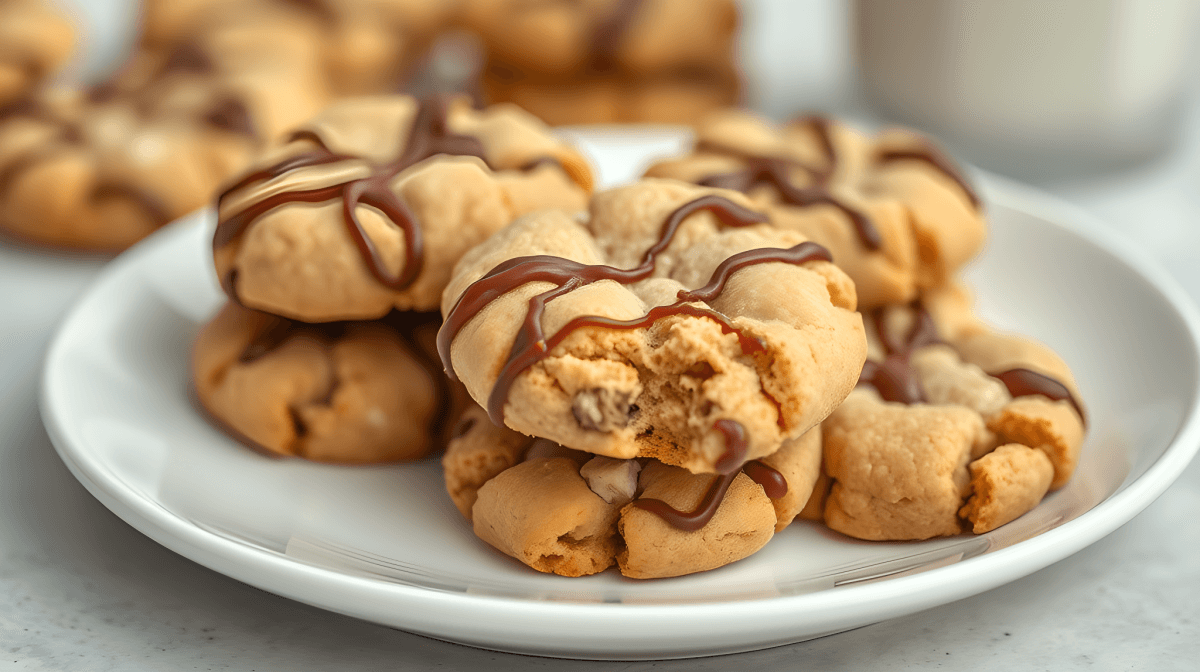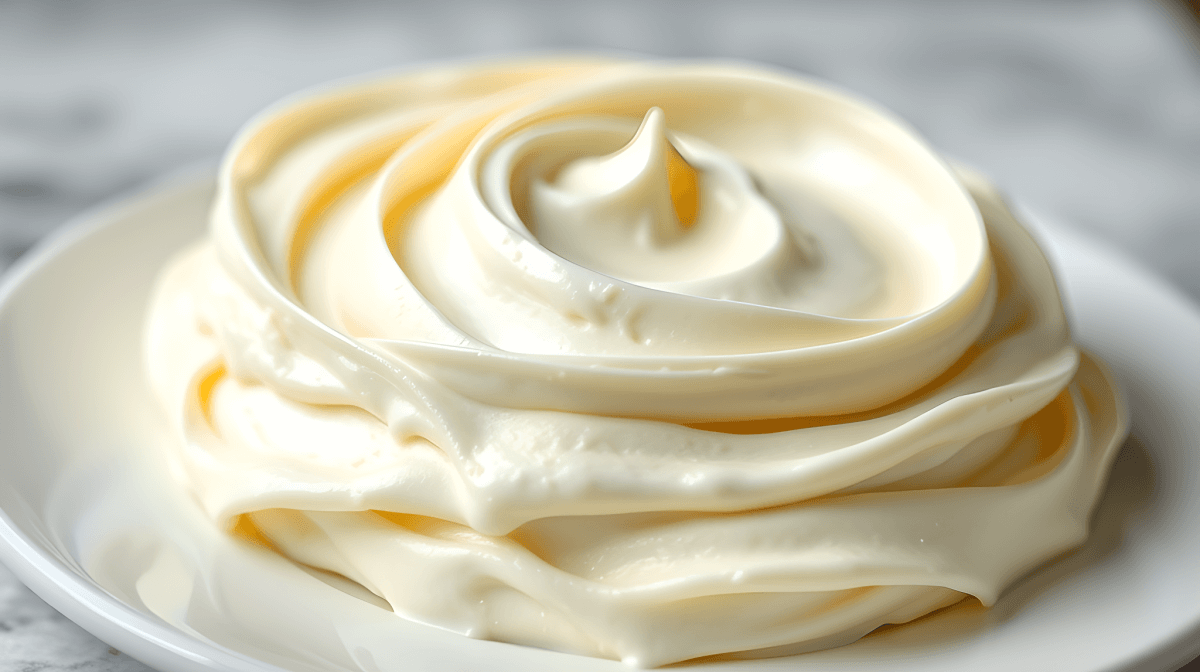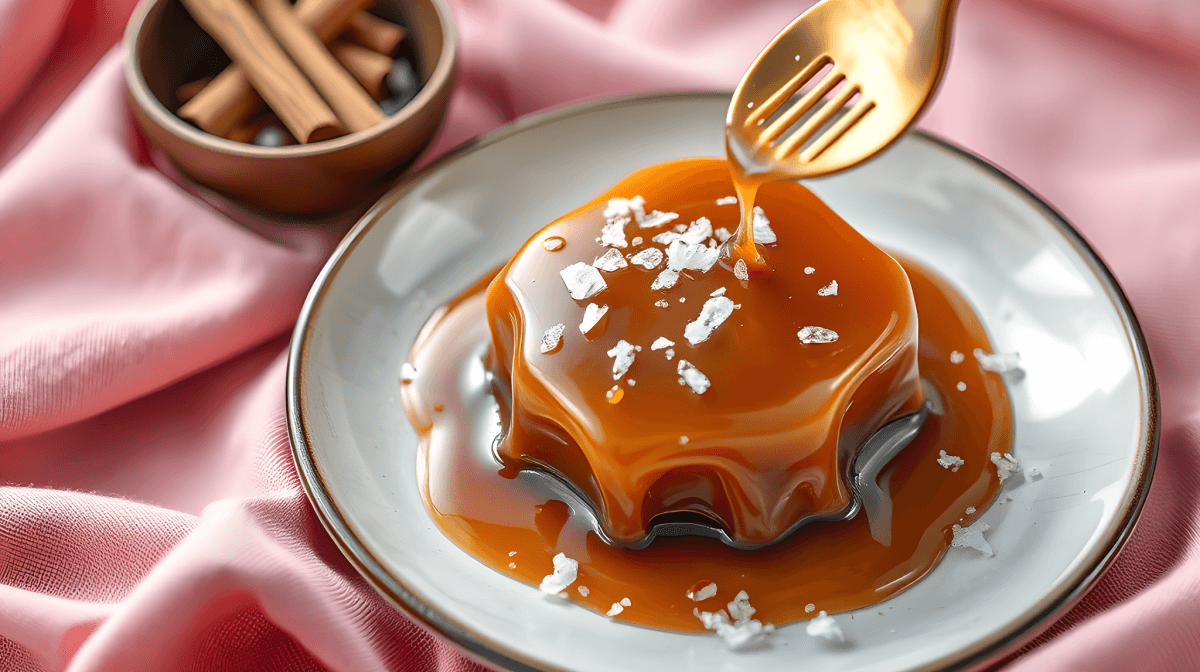Introduction
When winter arrives and the weather turns chilly, there’s no better way to warm up than with a batch of rich, gooey fudge cookies. These cookies aren’t just a dessert—they’re a reminder of all the cozy moments we cherish during the colder months. Whether you’re baking with family, preparing for the holiday season, or just in the mood for something decadent, fudge cookies are a perfect choice.
I still remember the first time I made these fudge cookies with my grandmother. The smell of melting chocolate filled the kitchen, and she shared her secrets for achieving the perfect texture. Fudge cookies, with their soft, fudgy centers and crispy edges, became one of our family’s favorite holiday treats. And now, I’m thrilled to share this beloved recipe with you.
The History of Fudge Cookies
Fudge cookies have deep roots in American baking traditions. While the exact origin of fudge cookies is unclear, they’ve become synonymous with the comfort foods of winter. Chocolate fudge, a rich, sweet treat, has been around for centuries, with its origins tracing back to the late 1800s. But it wasn’t until the 20th century that the concept of incorporating fudge into cookies took off.
These cookies became popular during the rise of home baking in the early 1900s, when families relied more on homemade desserts for everyday treats and special occasions. Over time, fudge cookies evolved, with bakers experimenting with different types of chocolate, added nuts, and various fillings. The result is the fudgy, chewy cookies we know today—a true comfort food that has stood the test of time.
Ingredients for Fudge Cookies
To create these fudge cookies, you’ll need just a few ingredients that are likely already in your pantry. Here’s the list:
- 2 cups all-purpose flour
- 1 teaspoon baking soda
- 1/2 teaspoon salt
- 1/2 cup unsalted butter (room temperature)
- 1/2 cup brown sugar (packed)
- 1/2 cup granulated sugar
- 2 large eggs
- 1 teaspoon vanilla extract
- 1 1/2 cups semisweet chocolate chips
- 1/2 cup cocoa powder
- 1 cup fudge chunks (optional, for extra gooeyness)
- 1/2 cup walnuts or pecans (optional)
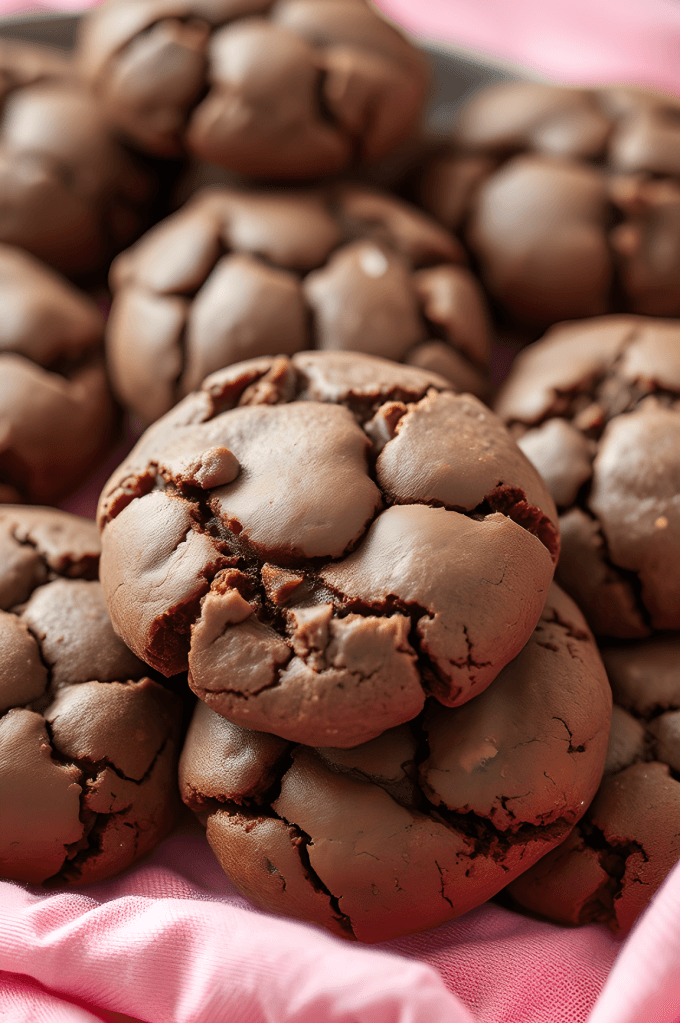
How to Perfect the Fudge Cookie Texture
Achieving the perfect fudgy texture in cookies is an art. The goal is a cookie that’s soft and gooey in the center, with slightly crisp edges. Here’s how you can achieve this:
- The Butter-to-Sugar Ratio: The balance between butter and sugar is crucial for the texture of fudge cookies. Too much butter can make the cookies spread too thin, while too much sugar can make them overly sweet. Stick to the measurements provided, and you’ll get the perfect balance of flavor and texture.
- Baking Time: The key to fudgy cookies is to underbake them slightly. You want the edges to be firm but the center soft. As they cool, they will continue to firm up, giving you that perfect chewy texture.
- Chill the Dough: If you prefer thicker cookies, chilling the dough for about 30 minutes before baking helps them hold their shape better and prevents them from spreading too much during baking.
- Use Good Quality Chocolate: Using high-quality chocolate chips or chunks is essential for achieving that rich, fudgy texture. You want the chocolate to melt beautifully into the dough, creating pockets of gooey goodness.
The Science Behind Baking Fudge Cookies
Baking isn’t just about following a recipe—it’s also about understanding the science behind the ingredients. Here’s how some of the key ingredients work their magic:
- Flour: All-purpose flour provides structure and helps bind the ingredients together. The more flour you use, the less chewy and fudgy your cookies will be. That’s why it’s essential to measure carefully and use the exact amount.
- Cocoa Powder: Cocoa powder adds that deep, rich chocolate flavor, but it also influences the texture. Cocoa powder contributes to the softness of the cookie and ensures that you get that fudge-like consistency.
- Butter: Butter is the secret ingredient that makes cookies soft and tender. The fat content in butter also helps the dough spread, creating that crispy edge and soft center.
- Sugar: Both brown sugar and granulated sugar contribute to the texture. Brown sugar helps retain moisture, giving the cookies a chewy texture, while granulated sugar aids in creating a crispier edge.
- Baking Soda: Baking soda helps the cookies rise slightly and spread, contributing to that perfect combination of chewy and soft.
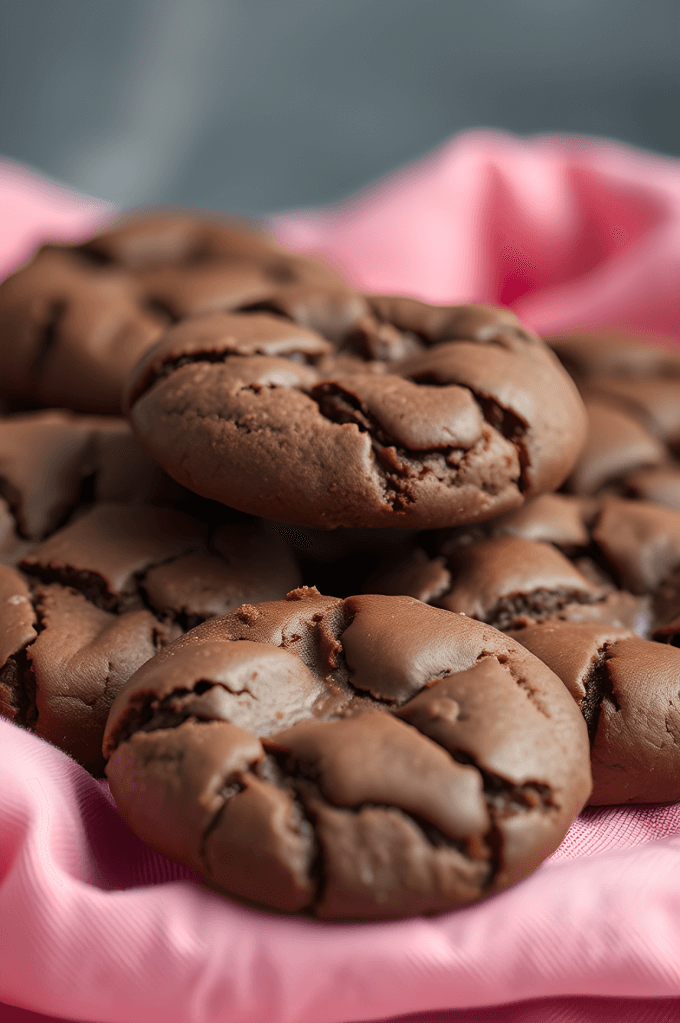
How to Make Fudge Cookies
Here’s the step-by-step guide to making these delicious fudge cookies:
Step 1: Preheat and Prepare
Preheat your oven to 350°F (175°C) and line a baking sheet with parchment paper. This helps prevent the cookies from sticking to the sheet.
Step 2: Combine Dry Ingredients
In a medium-sized bowl, whisk together the flour, baking soda, salt, and cocoa powder. Set this aside while you prepare the wet ingredients.
Step 3: Cream Butter and Sugars
In a large bowl, beat together the butter, brown sugar, and granulated sugar until light and fluffy (about 2-3 minutes). This creates the base for your cookies, making them light and tender.
Step 4: Add Eggs and Vanilla
Add the eggs, one at a time, mixing well after each addition. Stir in the vanilla extract to enhance the flavor.
Step 5: Mix in Dry Ingredients
Gradually add the dry ingredients into the wet mixture, stirring just until combined. Be careful not to overmix, as this can result in tough cookies.
Step 6: Add Chocolate Chips and Fudge Chunks
Fold in the chocolate chips and fudge chunks (if using). This step ensures that your cookies will have pockets of gooey fudge inside.
Step 7: Scoop the Dough
Use a tablespoon or cookie scoop to portion out the dough onto the baking sheet. Space the cookies about 2 inches apart to allow for spreading.
Step 8: Bake
Bake the cookies for 10-12 minutes, or until the edges are firm but the center is still soft. Remove them from the oven and let them cool on the baking sheet for 5 minutes before transferring them to a wire rack.
Fun Variations of Fudge Cookies from Around the World
While fudge cookies are a beloved American treat, there are some fun international variations you can try:
- Mexican Chocolate Fudge Cookies: Add cinnamon and a pinch of chili powder for a spiced-up version of fudge cookies. The heat of the chili and the warmth of cinnamon add a unique twist.
- French Chocolate Fudge Cookies: Known for their rich chocolate desserts, French-style fudge cookies often include chopped chocolate instead of chips. The larger pieces of chocolate melt into the dough, creating chunks of gooey goodness.
- German Fudge Cookies: In Germany, a popular variation includes hazelnuts mixed into the dough, adding a nutty crunch to balance the rich chocolate flavor.
Tips & Tricks for the Perfect Fudge Cookie
- Don’t Overbake: The key to fudge cookies is removing them from the oven while they’re still slightly undercooked in the center.
- Chill the Dough: If you prefer thicker cookies, refrigerate the dough for 30 minutes to an hour before baking.
- Customizing Your Cookies: Try swapping out semisweet chocolate chips for white chocolate, peanut butter chips, or even butterscotch chips for different flavor profiles.
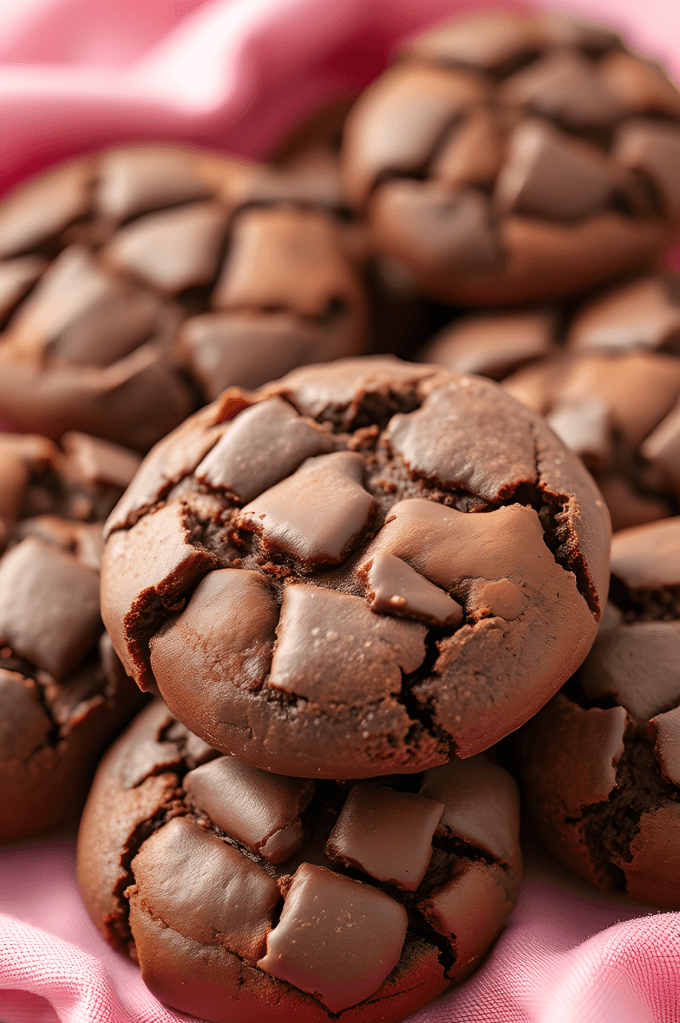
Serving and Storing Your Fudge Cookies
Serve your fudge cookies with a cold glass of milk, hot chocolate, or coffee for the ultimate comfort food experience. You can also serve them at holiday parties or give them as a homemade gift.
To store, place the cookies in an airtight container at room temperature for up to 5 days, or freeze them for up to 3 months.
Conclusion
Fudge cookies are more than just a dessert—they’re a nostalgic treat that brings warmth to any occasion. Whether you’re baking for a special event or just because, these cookies are guaranteed to be a hit with friends and family alike. With their soft centers, gooey fudge, and crisp edges, they’re the perfect winter indulgence.


